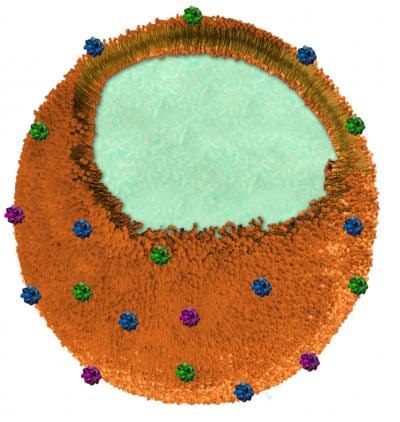Device is capable of revolutionising technologies for medical imaging and security screening.


Device is capable of revolutionising technologies for medical imaging and security screening.

Researchers have found a way to see synthetic nanostructures and molecules using a new type of optical microscopy that does not require fluorescent dyes.

Berkeley Lab Researchers develop new metrics for X-ray and neutron analysis of flexible macromolecules.

Researchers report the application of TRPT and fluorescence lifetime imaging microscopy (FLIM) for heparin sensing and bioimaging.

New kind of dye could reduce the cost of two-photon microscopy by several orders of magnitude.

A special issue in Macromolecular Rapid Communications highlights recent advances related to the synthesis, characterization, and applications of polymeric materials for fluorescence sensor applications.

Swiss researchers show that nanosilver is quickly transformed into less problematic substances on its way to the wastewater treatment plant.

Absorbent nanostructures can neutralize pore-forming toxins and remove a broad class of dangerous toxins.

SKZ managing director of further training and education has passed away aged 57.

Pernice group at KIT use polycrystalline diamond for the fabrication of wafer-based optomechanical circuits.